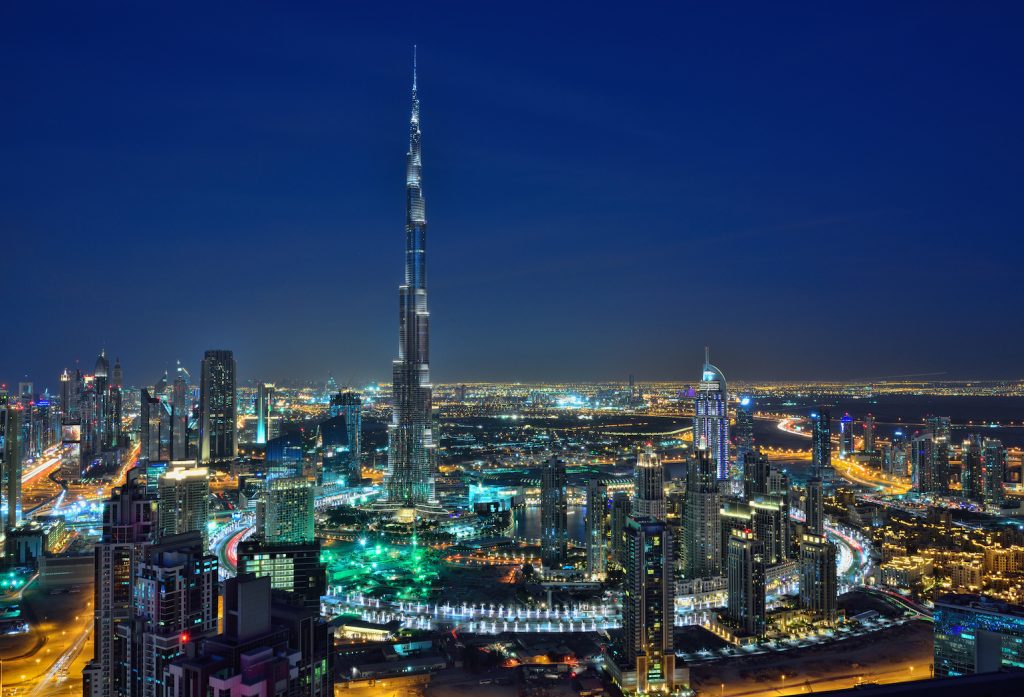Digitalised electrical systems allow companies to monitor and manage their energy consumption. These systems are helping cut costs now and will become more useful as the way we generate energy becomes more complicated.
Smart energy management is all about leveraging the latest technology to gain a fine-grained understanding of an electrical system and using that information to better manage it. It helps companies lower their energy bills, operational costs and extend their maintenance cycles.
In the future, when it’s very likely electrical grids will be quite decentralised and regulations will require companies to have a greater visibility over their carbon footprint, smart energy management will be a boon to most industries.
How it works
Smart energy management is usually divided into two aspects: physical sensors that collect data and software that collates and analyses it.
For the former, the ABB Ability system relies on Internet of Things (IoT) devices that double as electricity distribution products (air circuit breakers, automatic transfer switches, etc). Some devices are designed for new sites, others are intended for retrofitting existing sites. All of them read the information that passes through them, including active power, reactive power, apparent power, voltage and current.
“Sensors should be installed strategically and cover at least 70 per cent of power consumption,” says Milad Mostowfivala MIEAust, Digital Lead, ABB Australia. “You want to be able to measure individual loads, or groups of loads, in order to better know how to optimise a feeder’s performance.”
As for the software, ABB created its Energy and Asset Manager, a cloud solution that allows several users (asset and maintenance managers, facility managers, etc) to simultaneously track and assess electrical systems in real time. To provide engineers with more technical detail on how smart energy management systems are set up, ABB created the free whitepaper The New Era of Energy Management.
Once you have a smart energy management system in place you can identify a baseline for your site’s power usage. Combine this with ongoing monitoring and companies can gain a very effective method for identifying energy wastage that you can’t get from standard metering.
While smart energy management is clearly most useful in energy-intensive applications such as manufacturing, the range of industries that would benefit from its implementation is wide.
“We have use-cases across the utility sector, electric vehicle charging, manufacturing, food and beverage industries – both production and sale – and commercial buildings,” says Mostowfivala. “I don’t think there is an industry where it’s not cost effective, though there are companies that will already have more complex architecture where a new system might be redundant.”
Reducing costs
How much companies stand to benefit from smart energy management depends on the industry and application, but as a rough guide, ABB’s Ability System is saving companies up to 20 per cent on energy bills, up to 30 per cent in operational costs and up to 40 per cent in maintenance costs.
ABB’s system is installed in the world’s tallest building, the Burj Khalifa in Dubai. With it, the building’s facility management team is able to remotely monitor the power supply of each of the 400 electrical loads at the site, which helps to reduce operational costs by almost a third. They are not only automatically alerted when there is an issue, such as a power outage, they can tell ahead of time if there is going to be a problem.
“’The system allows you to implement predictive maintenance practices rather than reactive practices,” says Mostowfivala. “This is one of its best features. If you understand what’s happening in your plant, for example, you can have planned shutdowns that won’t fundamentally interrupt your operations, instead of mandatory shutdowns.”
Companies that have multiple, similar sites (think of a supermarket chain or a manufacturer with factories in different locations) will find smart energy management systems even more useful, as they can further optimise their energy costs by contrasting different sites’ data.
[embedyt] https://www.youtube.com/watch?v=XHdUa-RwRsM[/embedyt]
Reducing carbon footprint
When it comes to sustainability, smart energy management is already helping companies figure out how much of their power is coming from on-site green sources.
“If someone has a commercial building that has solar panels on the facades or roof, they are able to see what’s coming from those panels versus what’s coming from the grid,” says Mostowfivala.
There are going to be continuing advances in this space, especially as they relate to climate targets, says Mostowfivala.
“We are working with a software company on an API that will showcase the amount of CO2 a site is creating. This amount is based on its geographical location and the power generation available in that area – whether it’s a coal plant or a wind farm. You will be able to look at what the averages are for your area and industry, what regulations suggest you should have, and use the system to make decisions about CO2 reductions.”
The old model of energy production and consumption was that power was generated in large plants outside of urban centres and sent everywhere through a state or national grid. The new model, which is already arriving in fits and starts, is that energy is generated and stored in many locations, including photovoltaic panels on commercial and residential roofs, batteries, and even idle electric vehicles.
“In the future we’re going to have a more decentralised, complex approach to distributing power, so the sources of your energy will not be equal with regards to cost or carbon footprint,” says Mostowfivala. “You need smart energy management to figure out exactly what’s going on in that scenario.”
To find out more about smart energy management and how it could help your company download this free whitepaper.

